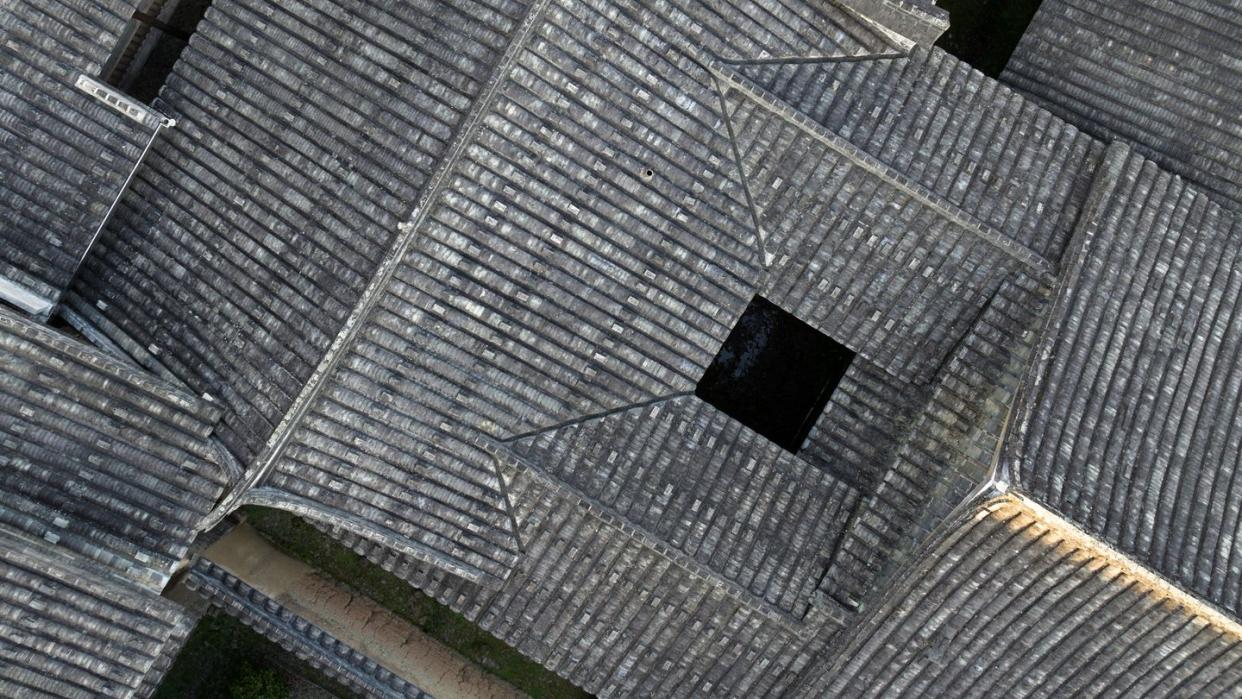Archaeologists Found 2,200-Year-Old Tiles That Literally Tell the Story of Hannukah

- Oops!Something went wrong.Please try again later.
A team of archeologists uncovered roof tiles in an archaeological site known as the City of David that may have played a role in the Maccabean Revolt.
The knowledge of how these particular ceramic tiles were made was likely brought to Jerusalem by Antiochus and used on the Greek Seleucid fortress Acra.
The fortress’s exact location is not fully known, but the ceramic tiles strengthen the theory that is exists on the City of David Hill.
Ceramic roof tiles discovered in an archaeological site known as the City of David have provided fresh perspective on a number of historical events—everything from Greek Seleucid rule of ancient Jerusalem and the Maccabean Revolt to the story of Hanukkah.
Not bad for just 16 roof tiles.
A team of archeologists from the Israel Antiquities Authority and Tel-Aviv University discovered the tiles (dated to the 2nd century BC) in the City of David National Park, surrounding the walls of the Old City of Jerusalem. The historical significance of the tiles comes from their ceramic style, which was likely brought to Israel by representatives of the Greek Seleucid king Antiochus IV—the ruler from the story of Hanukkah.
“The representatives of the Seleucid King Antiochus IV, who reigned over vast areas from Syria to Persia, brought the knowledge and tradition of constructing tiled roofs from Seleucid-controlled Syria,” the researchers said in a statement. “It is surprising how such a small discovery can open a tiny window into a vast world of research.”
The Hanukkah story tells of Antiochus IV undertaking a military expedition to Jerusalem, controlling the city with a fortress known as the Acra. The Greek soldiers used the fortress as their home while they cleansed the temple in Jerusalem, embittering the lives of the Jewish residents, according to the Book of the Maccabees. That led to the Maccabean Revolt and the story of Hanukkah, which tells of the miracle of a one-day supply of oil to light a menorah lasting eight days following the liberation of the Temple of Jerusalem.
Even with descriptions of the fortress abounding throughout historical references, scholars haven’t settled on an exact location of the Acra. “The architectural remains uncovered over recent years have reopened the debate, and they actually strengthen the identification of the fortress on the City of David Hill,” Ayala Zilberstein of the research team said in a statement. “The discovery of the rooftiles constitutes additional evidence and further reinforcement from a different direction for the identification of the Hellenistic presence in the City of David, characterized by foreign construction traditions.”
Zilbertstein said that tiles were rare in the region during this period and weren’t part of local traditions.
“Until now, we had little material evidence for the presence of the Seleucid Greeks in Jerusalem,” said Filip Vukosavovic of the Israel Antiquities Authority in a statement. “The new rooftiles discovered in the City of David provide tangible remains of the Seleucid Greek presence in the region, linking us with the story of Hanukkah.”
Thanks to the climate in Israel, tiles were simply not needed for roofing in the area. Still, Vukosavovic says, Antiochus chose to use them—likely for cultural reasons or to make a statement, especially such a short distance from the Jewish Temple. “It is therefore probably not incidental that with the collapse of Seleucid rule and the ascent of the Hasmoneans,” he said, “rooftiles disappeared from Jerusalem until the arrival of the new Roman conquerors.”
He added that almost 2,200 years after the events of Hanukkah, he finds is exciting to encounter Antiochus IV “face-to-face.”
You Might Also Like

